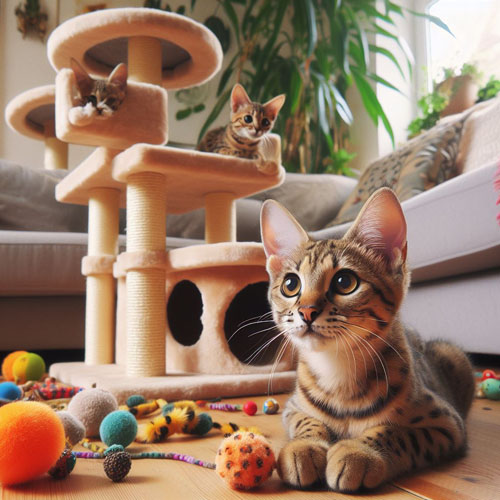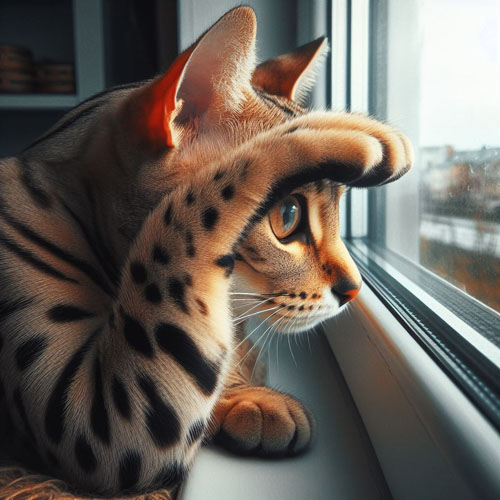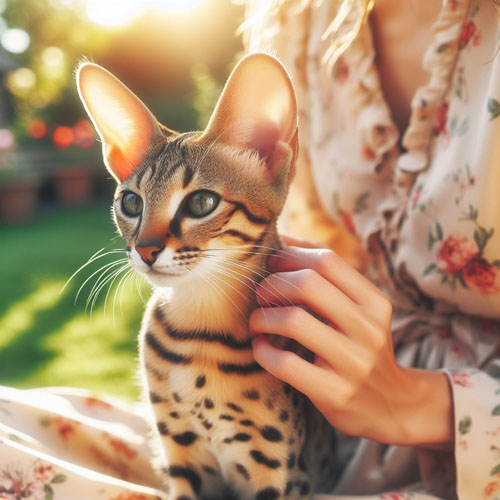Does My Savannah Cat See Color
Are savannah cats really colorblind? This question has puzzled savannah cat owners and scientists alike for many years. While it is true that cats do not see colors in the same way humans do, to say that they are completely colorblind would be inaccurate. In order to understand how cats perceive the world around them, it is important to delve into the intricate workings of their eyes and how they differ from our own.
Humans have three types of color receptors in their eyes, known as cones, which are sensitive to red, green, and blue light. This allows us to see a wide range of colors, along with different shades and hues. Cats, on the other hand, only have two types of cones, making them what is known as dichromats. Their cones are sensitive to blue and green light, but they lack the receptors for red light perception. This means that cats have a more limited color range compared to humans.
Due to this difference in color perception, it was once believed that cats could only see the world in shades of gray. However, research has shown that cats do have the ability to distinguish between certain colors, albeit not as vividly as humans. They are particularly sensitive to shades of blue and green, thanks to their cones’ sensitivity to these colors. This might explain why savannah cats are often attracted to toys or objects that are blue or green in color.
In addition to their dichromatic vision, cats also have a higher sensitivity to brightness and contrast. This allows them to see movement even in low light conditions, making them excellent hunters, especially during the night. Their eyes also have a wider field of view compared to humans, thanks to their large pupils and increased number of rod cells. This allows cats to detect even the slightest movement in their surroundings, making them highly effective predators.
Savannah cats have the ability to see well in the dark due to several factors. Firstly, they have a larger pupil that allows more light to enter the eye. They also have a reflective layer called the tapetum lucidum behind the retina, which amplifies any available light. This allows them to utilize even the smallest amount of light in low-light conditions. Furthermore, cats have a high number of rod cells in their eyes, which are particularly sensitive to light. Finally, their eyes are designed for focus and depth perception, allowing them to accurately judge distances even in low light. Overall, these adaptations enable cats to see clearly in the dark and navigate their surroundings effectively.
So, while cats may not see the world in the same colorful way we humans do, their vision is far from colorblind. Their ability to perceive shades of blue and green, coupled with their sharp contrast and motion detection, enables them to navigate their environment with precision and efficiency. It also explains why certain colors and patterns can capture their attention more easily.
Understanding how cats see the world can have implications for various aspects of their care and environment. For example, it may be beneficial to incorporate blue or green toys and objects into a cat’s environment to stimulate their visual senses. Additionally, being aware of their heightened sensitivity to contrast and motion can help cat owners design a safe and engaging living space for their feline companions.
In conclusion, while savannah cats may not possess the same intricate color vision as humans, they are far from colorblind. Their dichromatic vision, sensitivity to brightness and contrast, and wide field of view contribute to their unique perception of the world. By understanding and appreciating these differences in visual perception, we can enhance the well-being and quality of life for our beloved feline friends.





